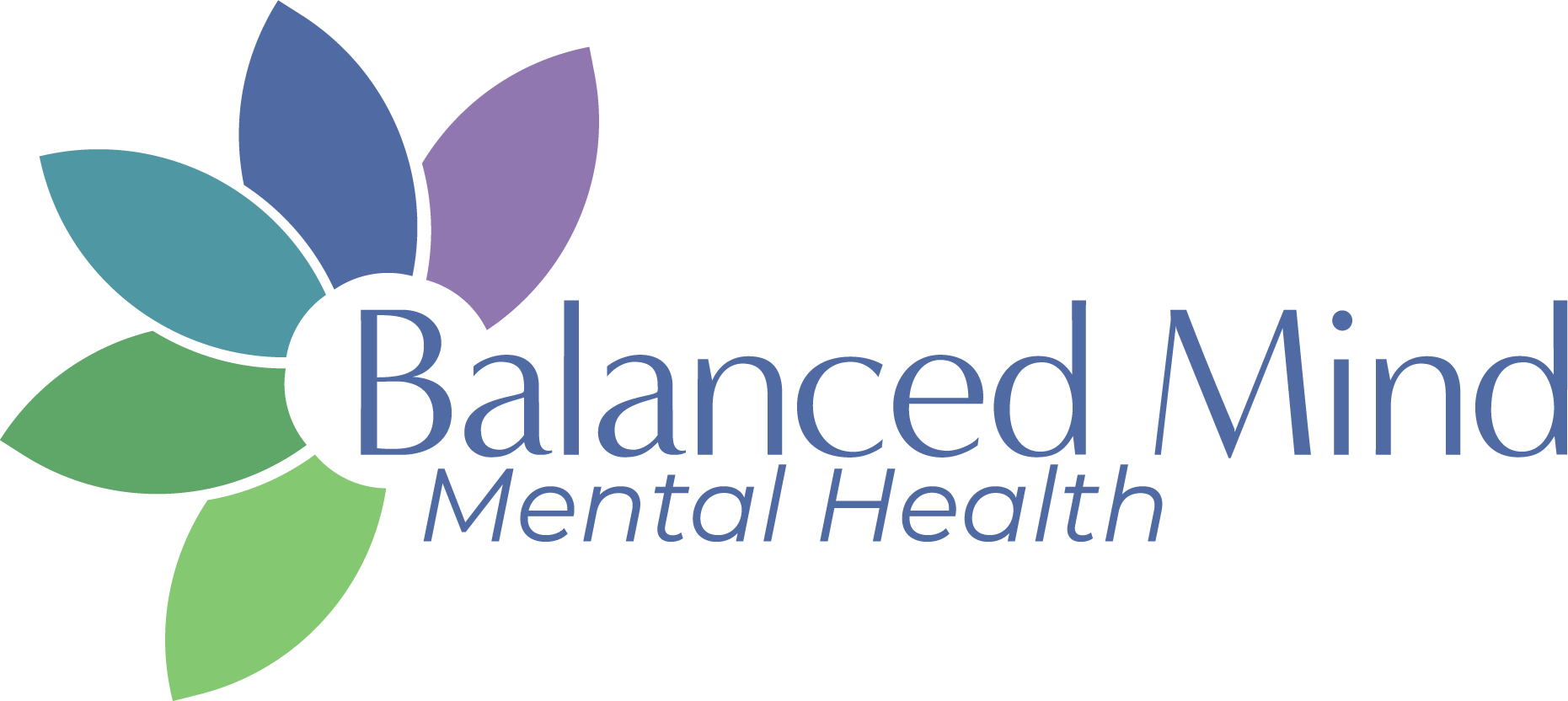Depression manifests in various forms, affecting each individual differently and requiring different diagnostic approaches. Beyond the commonly known major depressive disorder that is marked by intense depressive episodes lasting several weeks, there’s a less discussed yet significant condition known as persistent depressive disorder or dysthymia, which affects around 1.5% of the population.
Understanding Persistent Depressive Disorder
Persistent depressive disorder, often referred to as dysthymia, is a type of chronic depression that persists at a milder level over long durations, sometimes for years. While the exact causes are not fully understood, it is believed that a combination of genetic, biological, environmental, and psychological factors may contribute to the development of dysthymia. Individuals with dysthymia may face prolonged periods of low mood or fatigue. Due to the chronic nature of these symptoms recognizing them as signs of depression can be challenging.
Typical Symptoms:
- Consistently low self-esteem with frequent self-critical thoughts
- Perpetual feelings of hopelessness
- Reduced interest or pleasure in activities once enjoyed
- Chronic fatigue or a sense of being worn out
- Lowered activity levels
- Difficulty with memory and concentration
- Increased irritability and tendency towards social withdrawal
Distinction from Major Depressive Disorder
While major depressive disorder involves severe acute symptoms that might hinder day-to-day activities significantly dysthymia is subtler. Individuals with dysthymia may not feel the extreme weight of a depressive episode but operate daily with a lingering sense of dissatisfaction or fatigue. Whereas major depression features clear emotional highs and lows, dysthymia blends into the fabric of everyday life, making it less conspicuous but consistently impactful.
The Phenomenon of Double Depression
A unique aspect of dysthymic disorder is the potential for experiencing what is known as ‘double depression.’ This occurs when a person with dysthymia undergoes episodes of major depression, essentially ‘doubling up’ on their depressive symptoms. Research indicates that a significant percentage of individuals with dysthymia may escalate to double depression over time, underlining the importance of early detection and management.
Effective Management Strategies for Dysthymia
Dysthymia, like other forms of depression, warrants effective and timely treatment. The good news is that there are effective treatments available. Early engagement with a mental health specialist who can diagnose and outline a treatment plan tailored to persistent depressive disorder is crucial and can bring hope and optimism to those affected.
Common Treatments:
1. Medications:
- Selective Serotonin Reuptake Inhibitors (SSRIs) These medications help balance serotonin levels in the brain, improving mood. Examples include sertraline (Zoloft), escitalopram (Lexapro), and fluoxetine (Prozac).
- Tricyclic Antidepressants (TCAs) By blocking the reuptake of serotonin and norepinephrine TCAs elevate mood and energy levels.
- Serotonin and Norepinephrine Reuptake Inhibitors (SNRIs) These increase both serotonin and norepinephrine aiding those suffering from low energy or motivation.
2. Talk Therapy
- Different therapies, including cognitive-behavioral therapy (CBT), cognitive-behavioral analysis system of psychotherapy (CBASP), dialectical behavioral therapy (DBT), and interpersonal therapy (IPT), can provide coping mechanisms and new perspectives.
Acknowledging the Validity of Persistent Depression
It is vital for individuals experiencing persistent depressive symptoms to recognize their condition. Even if symptoms seem mild, they deserve attention and intervention. The urge to downplay persistent low moods can hinder recovery making professional guidance essential.
Balanced Mind Mental Health: Your Partner in Care and Wellness
If you suspect you or someone you know is struggling with persistent depression reach out to a competent mental health specialist. Recognizing and addressing dysthymia can significantly improve quality of life.
Resources:
- American Psychiatric Association (2013) Diagnostic and Statistical Manual of Mental Disorders (5th ed).
- World Health Organization (2020) Depression and Other Common Mental Disorders: Global Health Estimates.
- National Institute of Mental Health (2019) Persistent Depressive Disorder (Dysthymia).
- Harvard Health Publishing (2018) Dysthymia: A Chronic Low-Level Depression.
- Mayo Clinic (2021) Persistent Depressive Disorder (Dysthymia).
Disclaimer: This information is for educational purposes only (regardless of date or topic), offering generalized details. It is NOT comprehensive and does not include all relevant information about conditions, treatments, medications, side effects, or risks for specific patients. It aims to aid understanding of mental health conditions or treatments, not to replace medical advice or the evaluation, diagnosis, or treatment provided by a healthcare provider tailored to an individual’s unique circumstances. Always consult a healthcare professional for a thorough evaluation, diagnosis, and treatment plan. This information does not endorse any treatment or medication as safe, effective, or approved. Additionally, portions of this content were generated with the assistance of artificial intelligence. Balanced Mind Mental Health and its affiliates disclaim any warranty or liability associated with this information or its use.
